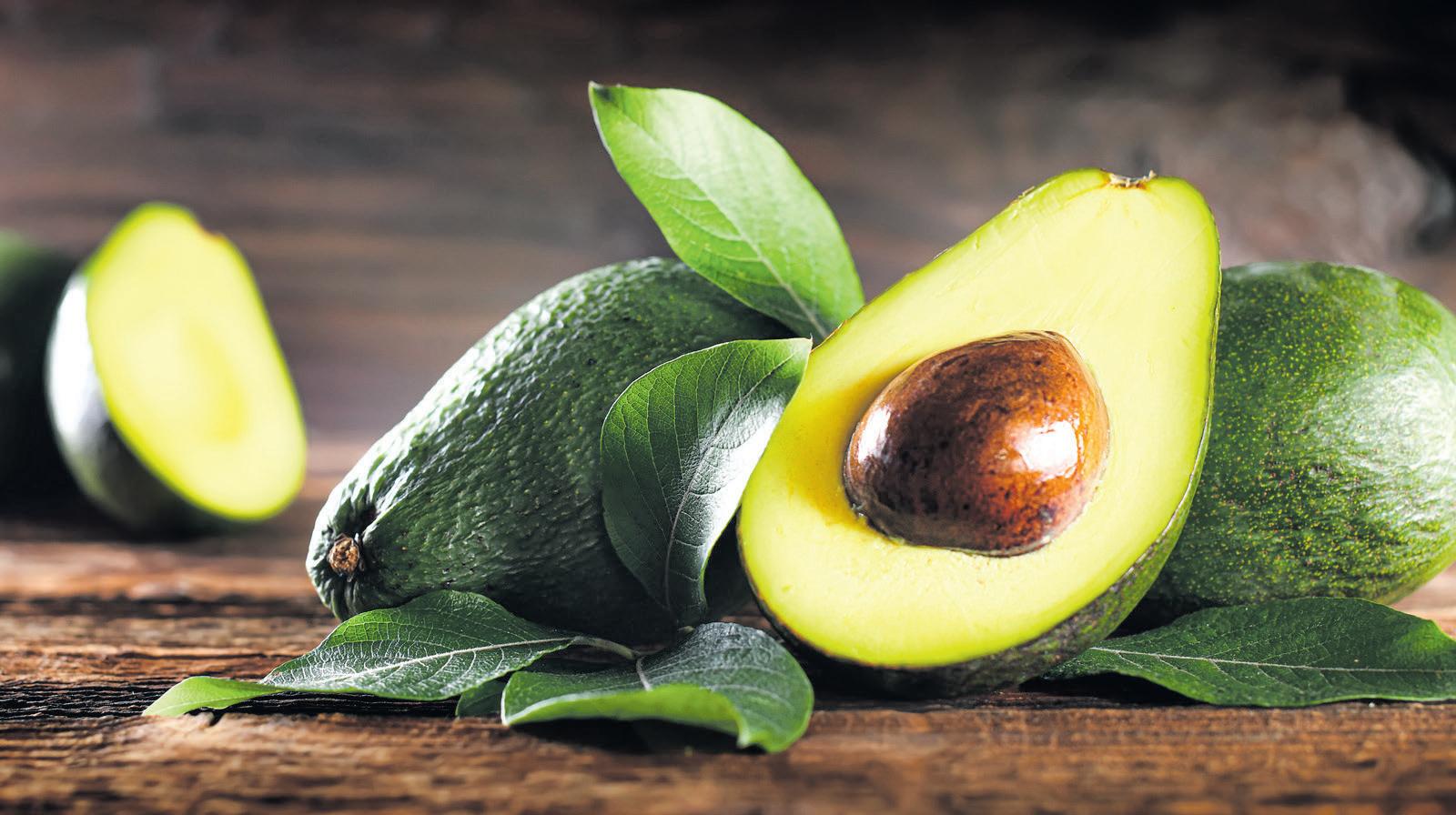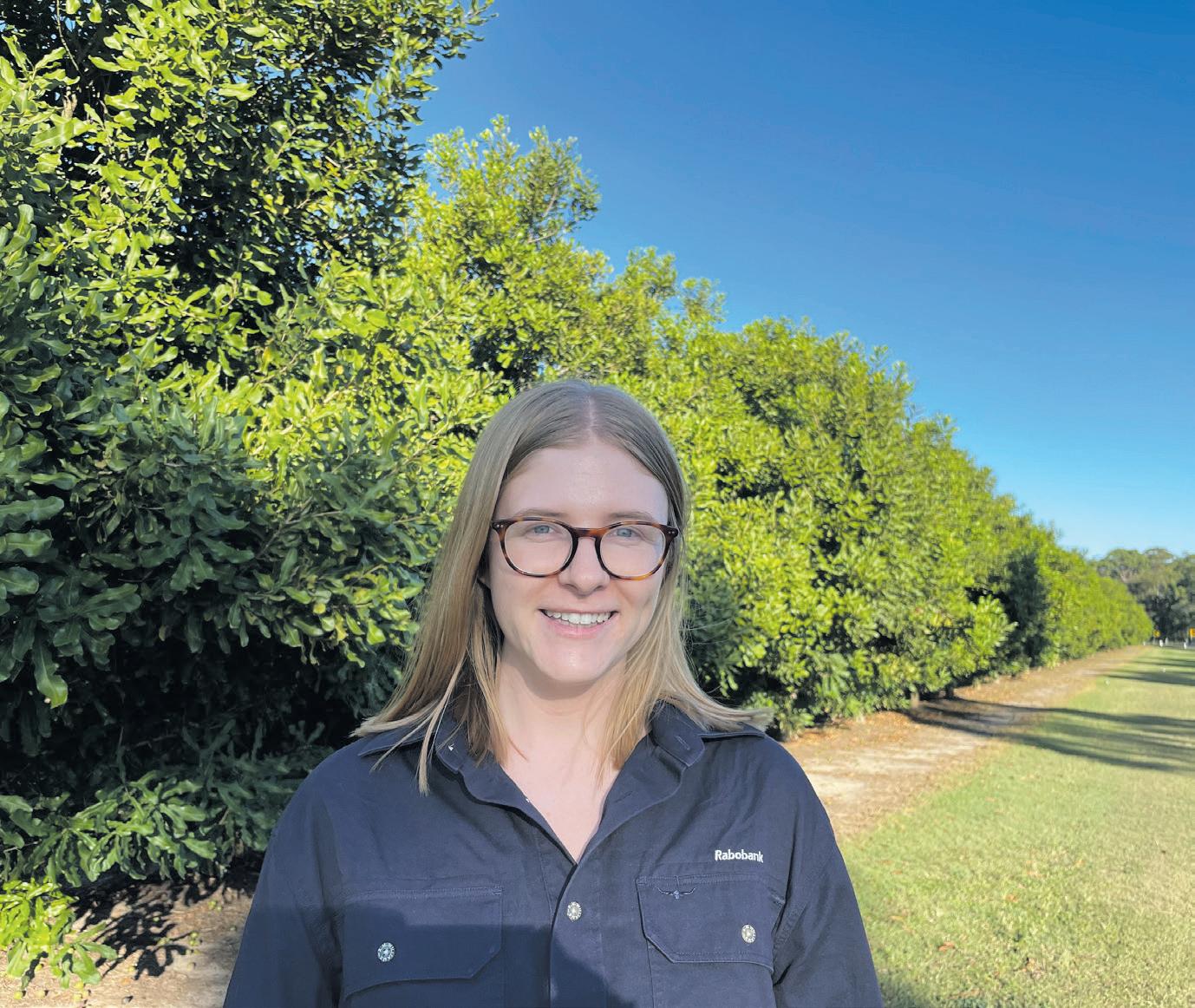
4 minute read
GLOBAL AVOCADO TRADE EXPECTED TO GROW IN AN INCREASINGLY COMPETITIVE MARKET – RABOBANK REPORT
The global avocado trade will continue to grow in the next few years, but the market will be more competitive, forcing operators to be not only more effcient, but also increasingly sustainable, according to a new report by agribusiness banking specialist Rabobank.
In the report Global Avocado Growth Far From Over, Rabobank says world avocado production expanded by a compound annual growth rate (CAGR) of approximately seven per cent over the past decade.
For Australia, the report says, avocado production grew at a CAGR of nine per cent over the same period.
The primary drivers of expansion in key regions over this period were “attractive prices and returns”, according to Rabobank global strategist – Fresh Produce, Farm Inputs, Cindy van Rijswick, with the “health halo” of avocados a major drawcard for consumers around the world.
“As a nutrient-dense fruit, avocados are an excellent source of vitamins, minerals and mono-unsaturated fats,” the report says. “The signifcant growth in trade comes as no surprise given that avocados are also an incredibly versatile superfood that are used in many different cuisines.”
The report says production in Mexico – the world’s largest avocado producer which currently accounts for 30 per cent of global avocado supply –grew by a CAGR of approximately six per cent over the past decade. In Colombia (which accounts for 12 per cent of global avocado production), Peru (nine per cent) and Kenya (six per cent), production increased by a CAGR of approximately 15 per cent,12 per cent and 11 per cent respectively over the same period.
On the other hand, the report says, the US, which was still among the world’s largest avocado-producing countries in 2012, dropped a few places in the ranking and is no longer a top 10 global producer.
“Increased avocado production in countries with complementary harvesting seasons has allowed year-round availability in key markets, including the US, the EU and some markets in Asia, the report says. “While production in Mexico extends year round, it reaches a seasonal low in June and July, when production peaks in the US (California) and Peru, providing a steady supply to the US market.”
Mexico remains leading exporter
Ms van Rijswick said Mexico, with its avocado exports increasing at an average annual growth rate of around eight per cent over the past decade, reaffrmed its place as the largest avocado-exporting country in the world, surpassing one million metric tons in 2022.
The report says the primary destination for Mexican avocado exports is, by far, the US market, where product versatility and promotional campaigns have helped to create demand for avocados in retail and foodservice channels.
Globally, the US remains the largest market destination for avocados overall, with imports increasing by a compound annual growth rate of approximately eight per cent from 2012 to 2022.
Among the next-largest avocado exporters, Peru, Spain and Kenya exports expanded by a CAGR of 22 per cent, six per cent and 15 per cent respectively between 2012 and 2022. These countries mainly supply the European market.
Behind the US, the largest avocado importers between 2012 and 2020 were the Netherlands, Spain and France, Rabobank says. Over this period, import volumes into these countries increased by a CAGR of 14 per cent, 20 per cent and eight per cent respectively.
USD 18 billion global market
The report says the estimated global commercial market value of fresh avocados was approximately USD 18 billion in 2022. And the bank sees substantial opportunity for further growth.
“We believe there is room for signifcant growth in several markets around the world, as per capita consumption is highly variable,” Ms van Rijswick said.
In terms of per capita ‘avocado availability’ (which is used as an indicator of consumption), Mexico leads, the report says, with a global record of some nine kilograms of fresh avocados per person per year, followed by Chile with almost eight kilograms.
Australia and the US are also towards the top of the list of countries consuming the most avocados per person – with both recording ‘consumption’ of more than four kilograms per capita per year.
The report says sustainability concerns remain on the agenda for avocado producers around the globe, with water usage the main issue. Partly because of this, avocado growers have been investing in advanced irrigation systems to improve water effciency, it says.
Australia
For Australia, the report says, there was a 35 per cent increase in export volumes of avocados in 2022, rising to more than 11,000 metric tonnes. This was evident in key export regions, according to Rabobank associate analyst Pia Piggott, where Australia increased market share in Singapore to 73 per cent, Hong Kong to 25 per cent and Malaysia to 62 per cent.
“The weaker Australian dollar also supported Australia’s competitiveness against its peers, with prices rising six per cent to a FOB (free on board) export price of AUD 5.02 per kilogram,” she said.
Ms Piggott said this export market growth had come at a time when the Australian avocado industry had been experiencing local oversupply, with domestic retail prices in 2022 averaging AUD 1.61 a piece, 32 per cent below the fve-year average.
“The Australian avocado industry has been experiencing a period of volatility as it learns to cope with the growing pains of increased supply in the market,” she said.
Ms Piggott said retail prices for avocados in Australia had started out more strongly in 2023, with production from Western Australia lower due to ‘alternate bearing’ (the tendency of crops to produce larger amounts in alternate years).
“However prices have since come down, coinciding with the beginning of the Shepard variety avocado season,” she said. “And, with the Hass season beginning again this month, we expect increases in supply to further weigh on domestic prices.”
Ms Piggott said with plenty of production growth in Australian avocados expected in the next few years, “maintaining market share in key countries and developing new market access will be priorities to ensure sustainable returns for growers”.











